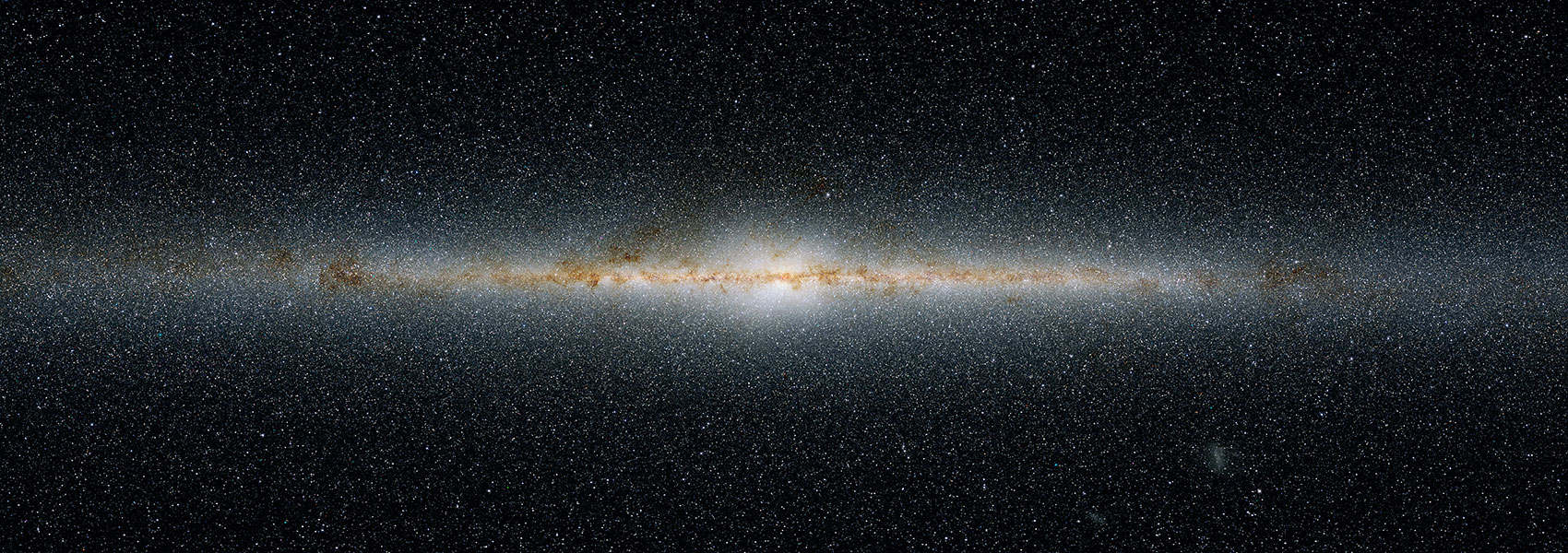February
2022
•
2022ApJ...926...62C
Authors
•
Chachan, Yayaati
•
Dalba, Paul A.
•
Knutson, Heather A.
•
Fulton, Benjamin J.
•
Thorngren, Daniel
•
Beichman, Charles
•
Ciardi, David R.
•
Howard, Andrew W.
•
Van Zandt, Judah
Abstract
•
The observed correlation between outer giant planets and inner super-Earths is emerging as an important constraint on planet formation theories. In this study, we focus on Kepler-167, which is currently the only system known to contain both inner transiting super-Earths and a confirmed outer transiting gas giant companion beyond 1 au. Using long-term radial velocity monitoring, we measure the mass of the gas giant Kepler-167e (P = 1071 days) to be ?{1.01}_{-0.15}^{+0.16}$ M J, thus confirming it as a Jupiter analog. We refit the Kepler photometry to obtain updated radii for all four planets. Using a planetary structure model, we estimate that Kepler-167e contains 66 ± 19 M ⊕ of solids and is significantly enriched in metals relative to its solar-metallicity host star. We use these new constraints to explore the broader question of how systems like Kepler-167 form in the pebble accretion framework for giant planet core formation. We utilize simple disk evolution models to demonstrate that more massive and metal-rich disks, which are the most favorable sites for giant planet formation, can also deliver enough solids to the inner disk to form systems of super-Earths. We use these same models to constrain the nature of Kepler-167's protoplanetary disk and find that it likely contained ≳300 M ⊕ of dust and was ≳40 au in size. These values overlap with the upper end of the observed dust mass and size distributions of Class 0 and I disks and are also consistent with the observed occurrence rate of Jupiter analogs around Sun-like stars.
Links





